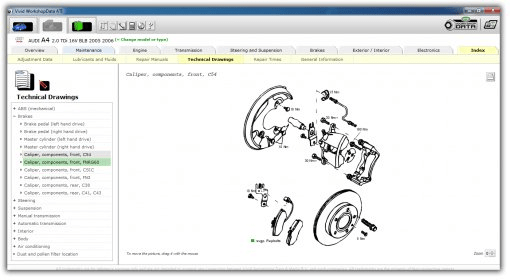

Using this method will also ensure the simulation is kept up to date automatically. Select rFactor 2 from your library and hit the install button. The easiest way to install the simulation is by using the Steam client. The latter (also known as the "lite" version) would only contain the simulation, without any content installed, and this is literally the version you also get when installing rFactor 2 on Steam for the first time. The "full install" and the "minimum install". In the days before Steam, there were two different downloads for rFactor 2 you could choose from. How to download SteamCMD and further instructions on how to use it can be found on this page: INSTALLING AND MANAGING THE SIMULATION PREREQUISITESīefore you get started, at the very least you should install the Steam client (as you need it to run the simulation) as well as a tool called SteamCMD (needed if you want to manually download and update the simulation and/or content). Most people will enjoy not having to tinker with their installs, and if you're nodding "me too" now, you can stop reading!įor those who are wondering how they can best control their rFactor 2 installs themselves, the rest of this article looks at all the different options. Once you install the software, everything will automatically be kept up to date and if you add new content from the workshop, or buy new content from the item store, that too will be automatically installed and updated. I've never done this for VR though, but I assume it would work the same.Steam is a great tool for people who do not want to manage rFactor 2 themselves. That works usually works well with games that are not on Steam at all. The other way steam matches bindings is by the name, but that doesn't let you access the binding added through steam versions of the game, rather it simply lets you access binding where someone named a non-steam game the exact same way as you. Once you select the binding you like you can go back and change the name of the non-steam game. Now if I look for 271590 in my library and go into community bindings, I should see the Steam community bindings for it. Then I would change the name of it to 271590 (GTAV's steam app id).


First I can take anything and add it as a non-Steam game (most likely you'd be adding a non-Steam version of GTAV you own), then in the steam library list, right click the game and go to properties. This works for Steam input at least.įor example, let's say I want to access the Steam community bindings for GTAV. I think you can access the bindings by adding the game as a non-steam game and naming the non-steam game as the appid of the game.


 0 kommentar(er)
0 kommentar(er)
